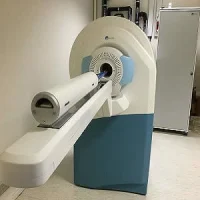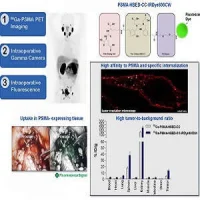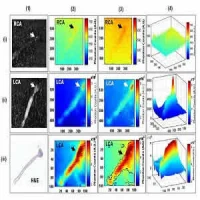To date, little evidence existed as to which non-invasive diagnostic test works best for patients with suspected coronary artery disease (CAD). There is no consensus as such about the choice of non-invasive imaging modality and both European and U.S. guidelines do not advocate one test over another. Now, findings from the PACIFIC trial presented at the ESC Congress 2016 may offer some insight.
The PACIFIC trial (Prospective Head-to-Head Comparison of Coronary CT Angiography, Myocardial Perfusion SPECT, PET, and Hybrid Imaging for Diagnosis of Ischemic Heart Disease using Fractional Flow Reserve as Index for Functional Severity of Coronary Stenoses) is the first head-to head comparison of the most commonly used non-invasive techniques to evaluate the severity of myocardial perfusion or coronary artery stenosis. The researchers report that positron emission tomography (PET) had more diagnostic accuracy than either single photon emission computed tomography (SPECT) or coronary computed tomography angiography (CCTA),.
The trial included 208 patients with suspected CAD. All patients underwent invasive coronary angiography initially. The test showed that approximately 44 percent of patients had haemodynamically significant CAD. The same patients then received non-invasive PET, SPECT and CCTA as well as some “hybrid” combinations of PET and CCTA or SPECT and CCTA. Results from all modalities were then compared and the investigators found that PET was more accurate (85%) for diagnosing coronary ischaemia as compared to CCTA (74%) and SPECT (77%). In terms of sensitivity, PET was 87 percent as compared to 90 percent for CCTA and 57 percent for SPECT. Specificity was found to be 60, 94 and 84 percent respectively. Diagnostic accuracy was not enhanced with the use of either hybrid CCTA/SPECT or CCTA/PET and there was an increase in false negatives and decrease in false positive results
“This study’s findings are novel and, to our knowledge, represent the first of its kind to evaluate diagnostic performance of non-invasive imaging modalities against a widely considered reference standard for functionally significant CAD,” said Ibrahim Danad, MD, from VU University Medical Center, Amsterdam, who presented the findings. “The results will definitely spark further research. There is always a lot of discussion whether we need to choose SPECT or PET as the initial functional test for our patients. I think that we need to invest more in clinical PET imaging, which will be future. It is more convenient for patients in terms of time, accuracy and radiation dose.“
Source: ESC
Image Credit: ESC
Latest Articles
PACIFIC Trial, Non-Invasive Coronary Artery Imaging, PET, ESC
The first head-to-head comparison of the most commonly used non-invasive techniques to evaluate myocardial perfusion or coronary artery stenosis severity found that positron emission tomography (PET) had more diagnostic accuracy than either single photon










